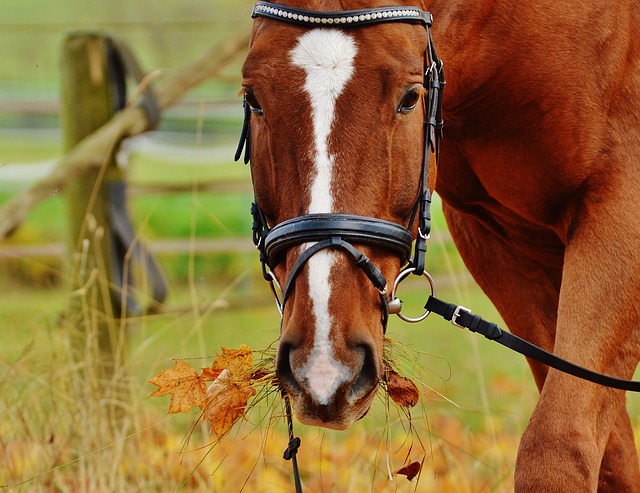In a follow-up on the Equine Herpes Virus (EHV-1) outbreak in Los Angeles County, there was a new febrile horse with mild neurologic deficits at Los Angeles Equestrian Center (LAEC) Tuesday in one of the quarantined barns.

Diagnostic samples were sent to CAHFS laboratory for testing and results are positive for non-neuropathogenic EHV-1. The owner of the febrile horse violated quarantine and trailered this horse to an offsite home premises.
A quarantine has been issued for the offsite premises and this quarantine violation will be pursued to the full extent of our quarantine authority laws.
There are no other new febrile horses or confirmed clinical EHV-1 horses at the LAEC. Quarantined isolation is now home to eight (8) horses and all eight (8) are PCR test negative on nasal swab and blood testing.
Enhanced biosecurity measures are in place in all barns under quarantine and all horses’ temperatures continue to be monitored twice daily. California Department of Food and Agriculture (CDFA) staff continue to provide oversight in working closely with management, trainers and owners at LAEC.
The updates on this EHV-1 incident will continue on a 48 hour basis. The new febrile case has extended the quarantine release date to December 6, 2016, assuming no new EHV-1 cases and adherence to the terms of the quarantine.
Equine Herpes Virus (EHV-1) infection in horses can cause respiratory disease, abortion in mares, neonatal foal death and neurological disease. The neurological form of the disease is known as Equine Herpes Myeloencephalopathy (EHM) and may be caused by damage to blood vessels of the brain and spinal cord associated with EHV-1 infection. EHM is most often due to the neuropathogenic strain of EHV-1, but may occasionally be caused by the non-neuropathogenic strain of the virus.
EHV-1 is easily spread and typically has an incubation period between 2-10 days. Respiratory shedding of the virus generally occurs for 7-10 days, but may persist longer in infected horses. For this reason, a twenty-one day isolation period of confirmed positive EHM cases is recommended along with stringent biosecurity protocols. Similar to herpes viruses in other species, the latent form of EHV-1 can reactivate at a later date, but generally with a low viral load posing a low risk of infecting other horses. Humans are not at risk of contracting the virus, however humans can act as an indirect mode of transmission.
CDFA reminds horse owners traveling with horses to participate in an equine event, that there is always disease risk when horses of unknown health status are commingled for a show or competition. CDFA strongly recommends that horse owners practice proper biosecurity when attending an equine event. Compliance with basic biosecurity practices is an important factor in reducing risk of exposure to all contagious equine diseases. Basic biosecurity measures to follow to decrease potential disease spread at equine events include:
- Limit horse-to-horse contact
- Limit horse-to-human-to-horse contact
- Avoid use of communal water sources
- Avoid sharing of equipment unless thoroughly cleaned and disinfected between uses
- Monitor your horse for clinical signs of disease and report any temperature over 102°F to a veterinarian
Related:

